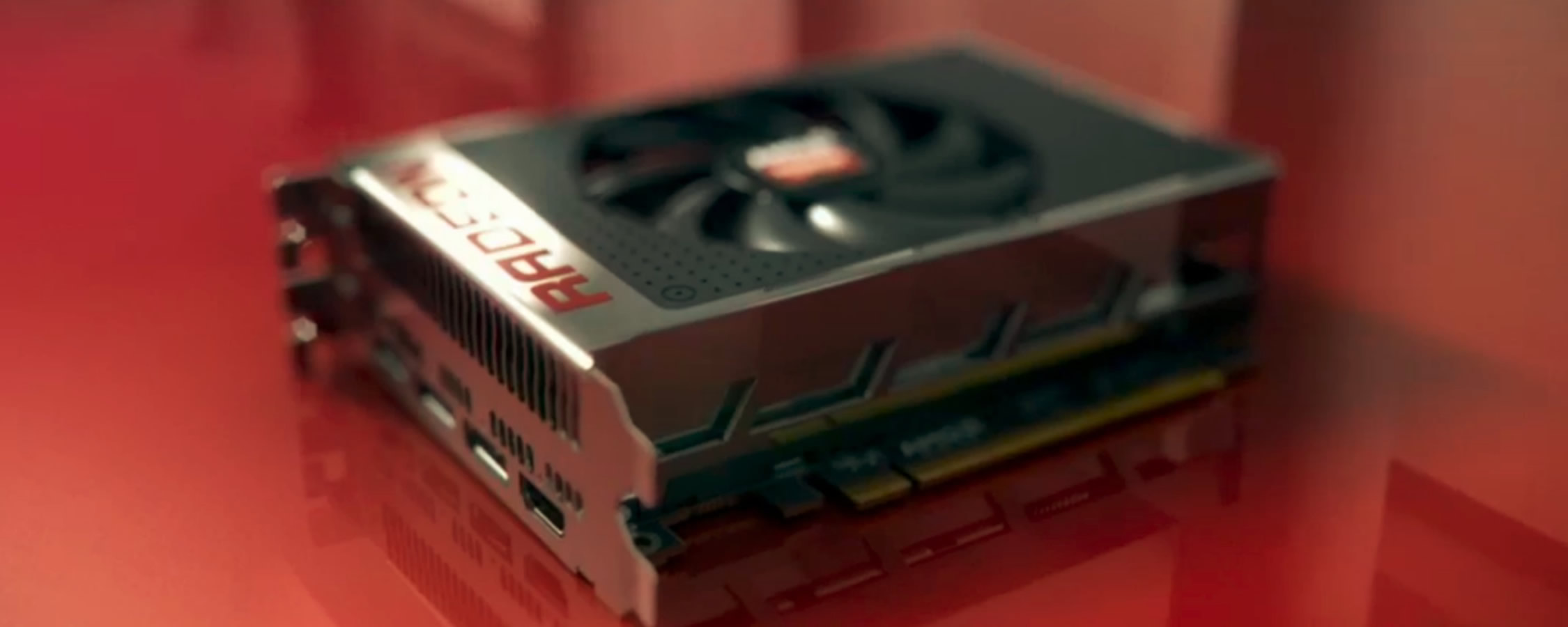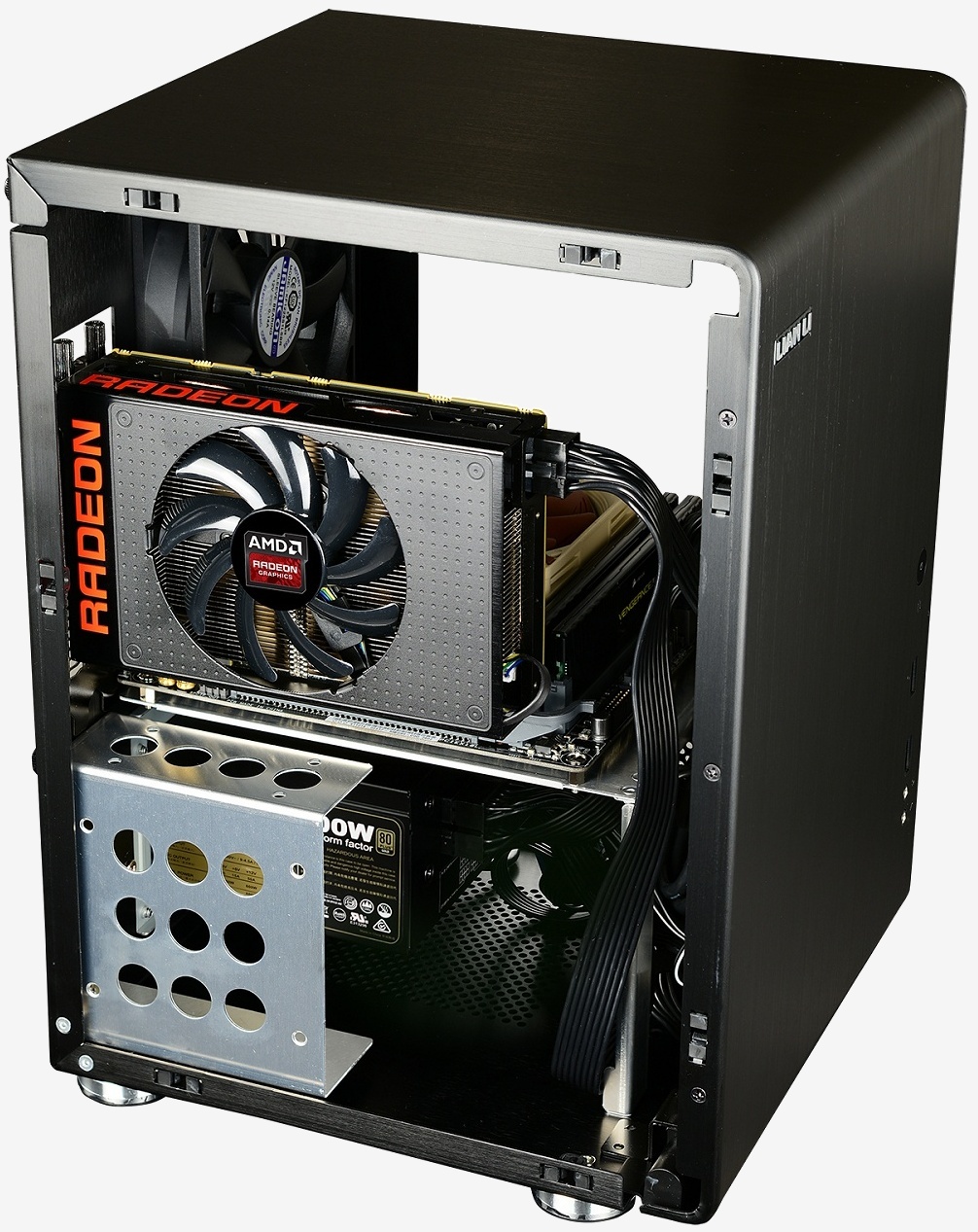Exceptional Efficiency, Passable 4K Performance
So there you have it, the Radeon R9 Nano is slightly slower than the Fury, which is slightly slower than the Fury X. The Nano is on average 6% slower than the Fury at both 1600p and 4K, which is about what we were expecting. Compared to the 390X, the Nano remains 10% faster at 1600p and 12% faster at 4K, though the important thing to note here is that it consumed on average 27% less power, which is pretty incredible.
Next to Nvidia's offerings, the Nano was just 6% faster than the GTX 980 at 1600p, but had a more comfortable 13% lead at 4K, while consuming 12% more power. In terms of efficiency the GTX 980 and Nano are about par and the GeForce is very competitive considering it can be had for less than $500 these days.
Forgetting about the Nano's tiny size and focusing squarely on price and performance, it's the $650 GTX 980 Ti that we're interested in. This comparison sees the Nano trail the GTX 980 Ti by a 13% margin at 1600p and 10% at 4K, though the Nano consumed 16% less power on average, so it looks to be the more efficient graphics card.
The $650 Fury X is already a hard sell due to cannibalization, with the $550 Fury coming in just a few frames slower, so we're not sure where another $650 card fits into AMD's lineup. We think a $550 Fiji Pro Nano would've been a much better proposition although the form factor is unique and they want you to pay for it.
So assuming you see value in the Fury X, you now have the option of that card or a smaller air-cooled version that's not as fast. Keep in mind that the Fury X and its radiator will fit happily in almost all the great Mini-ITX gaming cases, such as the Silverstone Sugo SG13, Corsair 250D and In Win 901 for example, so the Nano isn't exactly necessary for a powerful mini PC.
The Fury X should also fit in the Lian Li PC-Q33 and possibly even the Cooler Master Elite 110 that AMD photographed the Nano in, so we have to wonder how many scenarios there are where the Nano is going to be required/preferred over the faster Fury X.
AMD is pushing the Nano as a compact graphics card capable of delivering 4K gaming to Mini-ITX systems but if you're the kind of gamer who demands an average of 60fps, then the Nano isn't going to meet this requirement. Of the 16 games we tested, the Nano averaged 35fps at 4K and that result was cushioned by relatively high frames in older games such as BioShock Infinite and Hitman: Absolution.
That being the case, we can't imagine many enthusiasts will accept 'just playable' performance at 4K. Keeping in mind that the lowest level of anti-aliasing was applied and anisotropic filtering 16x is essential in our opinion.
AMD is pushing the Nano as a compact graphics card capable of delivering 4K gaming to Mini-ITX systems but if you're the kind of gamer who demands an average of 60fps, then the Nano isn't going to meet this requirement.
So far the best solution has been to invest in a pair of high-end GPUs, ideally nothing slower than the R9 290X or GTX 970 for a smooth 4K gaming experience. The R9 295X2, which is essentially two 290X GPUs, averaged a more acceptable 51fps.
It's worth noting that AMD's Nano reference sample generated a serious amount of coil noise. People complained about the Fury X coil noise but for us it wasn't that bad. The Nano really screams, however.
Given how the Nano is designed we never expected anything fruitful to come from overclocking and with expectations in check we weren't disappointed to find that boosting the clock speed yielded no extra performance, in fact it made the Nano slower in most cases.
Conversely, raising the power limit provided some positive results without any real negative impact. Increasing the power limit by 50% allowed the Nano to hold a clock speed of 1000MHz in most of the games we played and as a result boosted performance to Fury X like levels.
Temperatures only increased by a few degrees as the fan speed jumped from around 2000 RPM to a constant 2700 RPM. Naturally, the Nano was generating more noise and was clearly audible, but it was far from what I would call loud.
With a more aggressive power profile the Nano matched the Fury X in The Witcher 3: Wild Hunt and Dragon Age: Inquisition, while it was just a single frame slower in Metro: Redux and Battlefield 4 – impressive stuff.
This opens the door for some interesting board partner designs that could possibly see the Nano achieve Fury X levels of performance if the cooling is up to the task and the power limit is increased.
To sum up my thoughts, the R9 Nano delivers exceptional efficiency and passable 4K performance in an amazingly compact card that nonetheless seems overpriced.
score
Pros: Measuring a mere 6" long, the R9 Nano brings 4K gaming performance to cases where the Fury X can't fit and it exceeds the GTX 980 Ti in efficiency.
Cons: For the same $650, the GTX 980 Ti and R9 Fury X are a bit faster. Coil noise is an issue on our sample and on high the fan isn't particularly quiet either. It is 2015 where is the HDMI 2.0 support?

